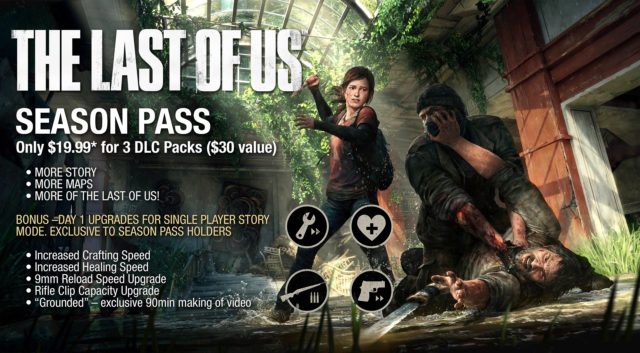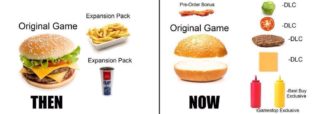The NPD Group has released a new report, PC and Video Games—DLC and Microtransaction Purchasing that explores just who is making additional in-game purchases and why some flat-out refuse. Downloadable content (DLC) and microtransactions are often the topic of debate among gamers, particularly when it comes to AAA titles that cost $60 or more up front. While some feel that they are being sold an unfinished product and being forced to buy the remainder, many more enjoy the additional content, as it keeps gameplay fresh or customizable.

First, we should differentiate DLC from microtransactions for clarity—DLC refers to an addition to existing gameplay such as new maps, quests, raids, etc. and may include cosmetic or other items as part of a bundle. Microtransactions, as the name implies, are small, easy-to-buy options that are the bread and butter of “freemium” titles, i.e. free-to-play with optional purchases. Microtransactions tend to be a one-time-use item such as extra moves, boosters or additional XP for a match.
Roughly a quarter (28 percent) of US males and females ages 13-to-54 have purchased additional video game content in the past three months, according to NPD, with males and teens being the primary purchasers.
Why Gamers Buy
Sixteen percent of those surveyed have purchased DLC. The top reasons indicated for breaking out the wallet include wanting to play online with friends, having all the game content and feeling the price for the extra content was reasonable. Over half indicate they would be influenced to purchase more DLC if the prices were cheaper. Bungie suffered a bit of controversy for a $40 Destiny expansion in 2015, with fans complaining about the hefty price tag and perceived lack of value compared to the Collector’s Edition. Call of Duty DLC can range anywhere from free to $15 or more—a price point that is determined by its publisher, Activision and not the developers.
In an interview with Gamasutra, Call of Duty multiplayer lead, Dan Bunting responded to the DLC pricing criticism. “If you look at how many hours—in some cases, hundreds of hours—for some players of entertainment they get, I think it’s an incredible value. With Elite, there’s a ton of completely free service that gets added on top of the game experience. I think that, if you look at the overall package, it’s an incredible value.”
Microtransactions are purchased more often among those surveyed by NPD, at 23 percent. Meanwhile, 77 percent of these buyers said that microtransactions allow them to extend their enjoyment of a particular game. While being able to earn virtual currency to buy items is preferred, 78 percent are willing to spend some amount of real money to purchase in-game items or power-ups. As with DLC, the price must be right.
Why They Don’t

Money seems to be the biggest factor that drives players to keep their wallets shut. Half of those who do not buy DLC stated that they were not worth the money and 16 percent believed the extra content should have been included in the full game price. Likewise, 48 percent of those who do not purchase microtransactions felt the content was not worth the extra expense. Sixty-eight percent believe in the “pay-to-win” aspect of microstransactions within gaming, expressing a concern that those who pay receive an unfair advantage.
These findings reflect the importance of player experience and a balance between incentive to buy and whether a player can still win if they don’t. “Spending on microtransactions and DLC is currently healthy,” said Sam Naji an industry analyst for The NPD Group. “But game publishers and developers must not lose sight of the importance of looking at areas that will stimulate spending growth without compromising real and perceived value of the content they’re providing,”

